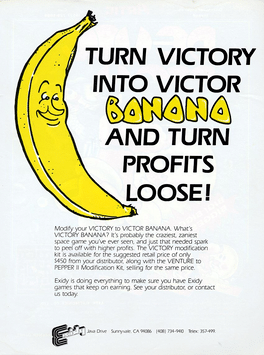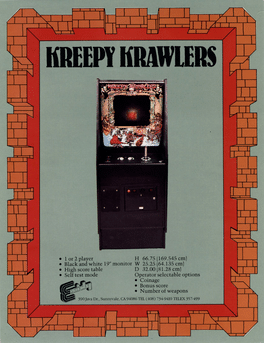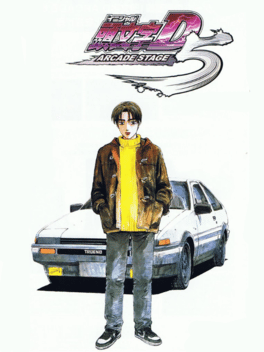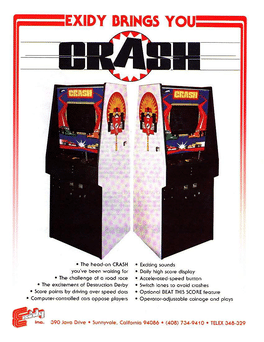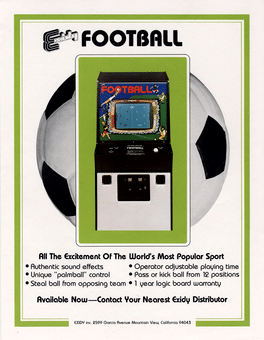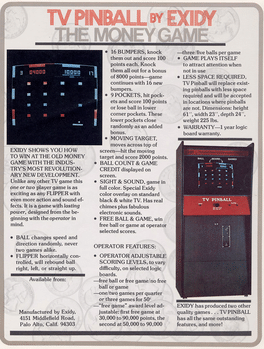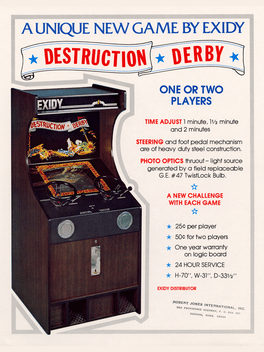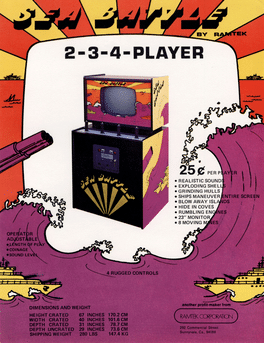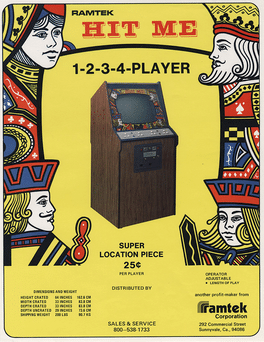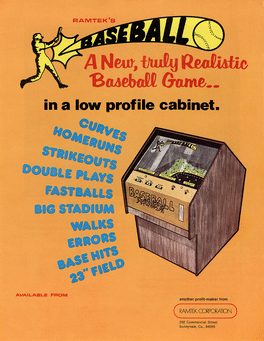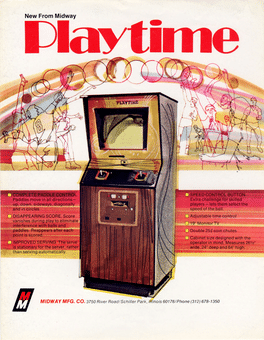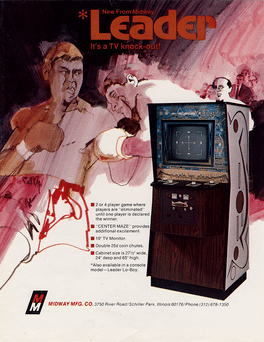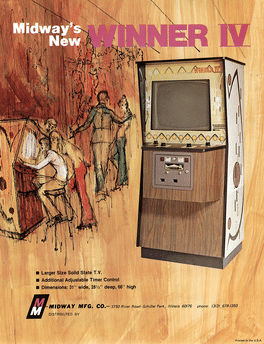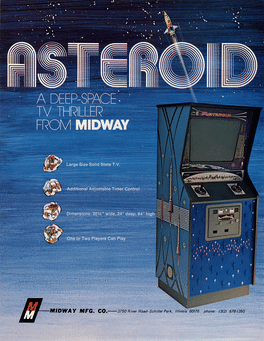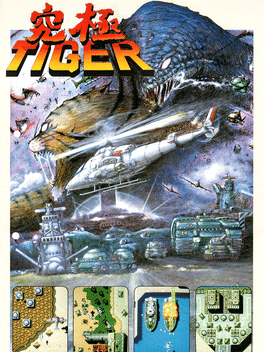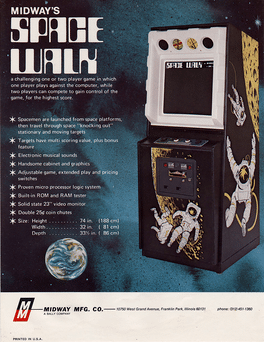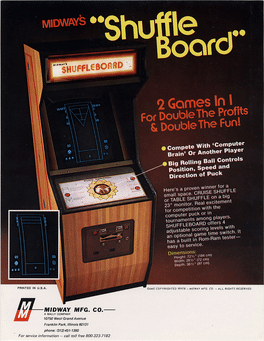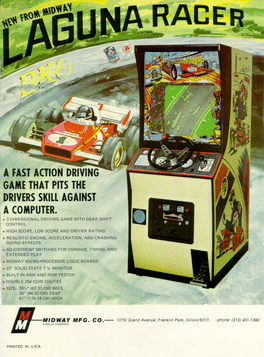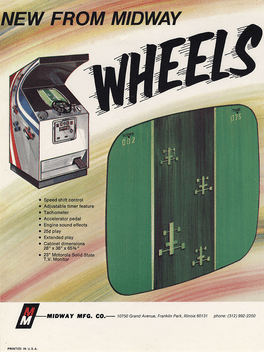Most Popular Arcade Games - Page 51
-
Victor Banana
1982
-
Kreepy Krawlers
1979
-
Initial D Arcade Stage 5
2009
Released on February 25, 2009 in Japan, Initial D Arcade Stage 5 was the second game in the series released on the Sega Lindbergh hardware. A few notable differences include massive physics changes. Compared to Arcade Stage 4/Extreme Stage, which used "drifting" physics, Arcade Stage 5 featured more realistic driving physics, which included tire and brake wear down. Although the tire and brake wear are not displayed anywhere in the game, experienced players can notice the difference in the change in physics as they progress in races. New characters that appeared for the first time in the game are Kobayakawa, Satoshi Omiya, Imposter Project D, Kai Kogashiwa (R.T. Katagiri S.V.), and Hideo Minagawa. New courses such as Happogahara, which used from Arcade Stage Ver.1 to Arcade Stage Ver.3/Street Stage (only daytime used is night) and only Extreme Stage appeared with full daytimes between day and night and Nagao, R.T. Katagiri S.V.'s home course. -
Crash
1979
-
Football
1978
-
Score
1977
Score
1977
Developed by Exidy, Score is another extension of the Destruction Derby concept with the cars replaced by bar patrons. Set in a singles bar, the object of the game is to “score” with as many members of the opposite sex as possible. When the onscreen Lothario makes contact with the object of his (or her) affections, a heart appears on screen. A cocktail version of the game came in a heart-shaped cabinet. -
TV Pinball
1974
-
Destruction Derby
1975
Destruction Derby
1975
Exidy's first driving game, which was later licensed to Chicago Coin and released as "Demolition Derby". As part of the deal, Exidy stopped production of the game to avoid competing with their new licensee. -
Sea Battle
1976
-
Hit Me
1976
-
Baseball
1974
-
Playtime
1974
-
Leader
1973
-
Winner IV
1973
-
Asteroid
1973
Asteroid
1973
Asteroid was originally developed by Atari for Midway in fulfillment of a contract to supply one video game and one pinball machine. Atari had initially offered Pong during its development to fulfill the contract, but had been rejected. After finishing Asteroid Atari developed a near identical version of the game and released it themselves under the title "Space Race". -
Kyuukyoku Tiger
1987
Kyuukyoku Tiger
1987
The original Japanese version of Twin Cobra, a 1987 Shooting Game developed by TOAPLAN. Kyukyoku Tiger has a swathe of differences to it's overseas counterpart, most notably reverting the player to a previous checkpoint on death rather than respawning them, and being one-player only. There are also more minor changes in factors such as the amount of shots the player can have on screen at once. The game was a success for Toaplan in arcades, reportedly reaching 10 Million worldwide players, and a number of console ports were made in the 90s. A sequel, Kyukyoku Tiger II/Twin Cobra II, followed in 1995, though this was developed by Takumi Corporation following TOAPLAN's bankruptcy in 1994. -
Space Walk
1978
Space Walk
1978
A clone of Circus, in this variant it is not clowns but astronauts bouncing on a see-saw in order to collect items up in the air. -
Shuffleboard
1978
-
Laguna Racer
1977
-
Wheels
1974
Wheels
1974
Speed Race is a 1974 arcade racing video game developed and manufactured by Taito and released under the titles "Racer" and "Wheels" in North America by distributor Midway Manufacturing in 1975. Designed by Tomohiro Nishikado, the gameplay involves the player using the attached steering wheel to maneuver a car alongside a fast vertical scrolling road. The objective is to score points by driving past other cars without colliding with them; more points are awarded for driving faster. Players must do this under a 90-second time limit, which ends the game when it runs out. The gameplay concepts were adapted from two earlier driving electro-mechanical games: Kasco's Mini Drive (1958) and Taito's Super Road 7 (1970). The original Speed Race and Wheels had an upright arcade cabinet, while Midway's Racer introduced a sit-down cabinet. Taito released an updated version of Speed Race called Speed Race DX in 1975. Two-player versions followed with Midway's Wheels II and Taito's Speed Race Twin. The game was a worldwide comm
